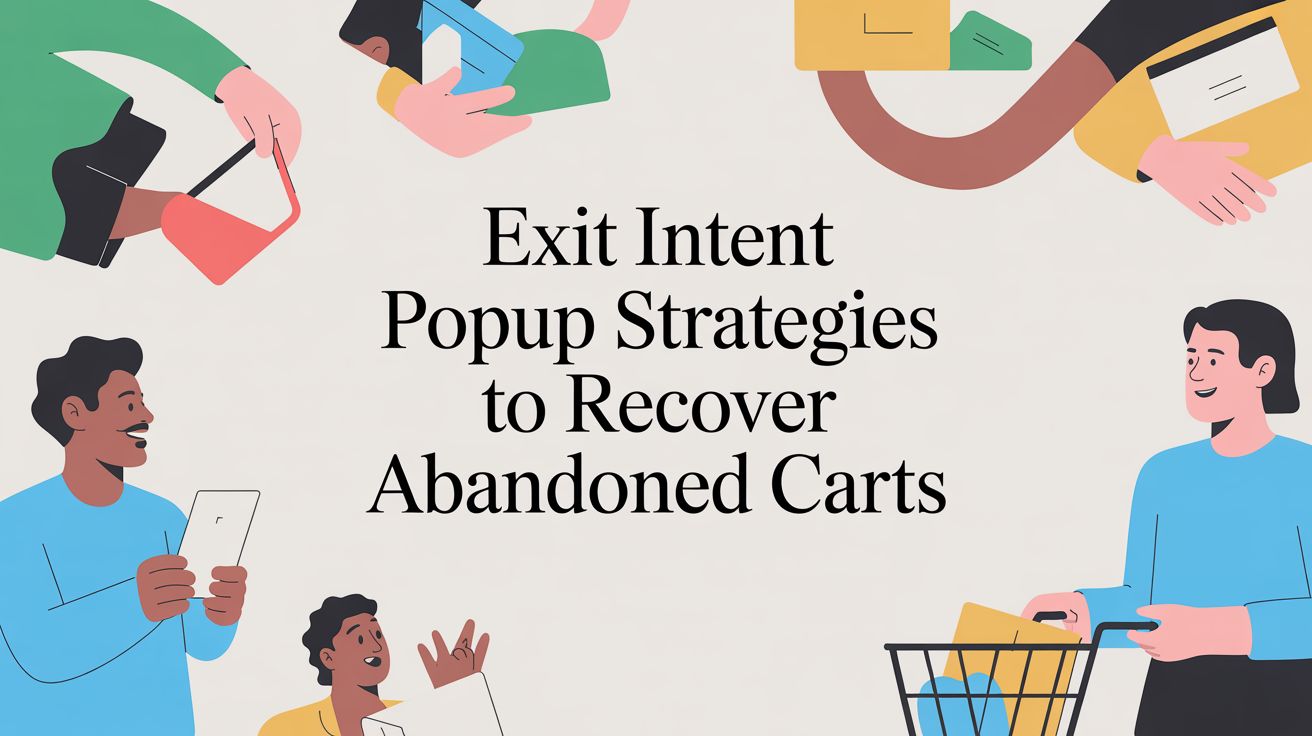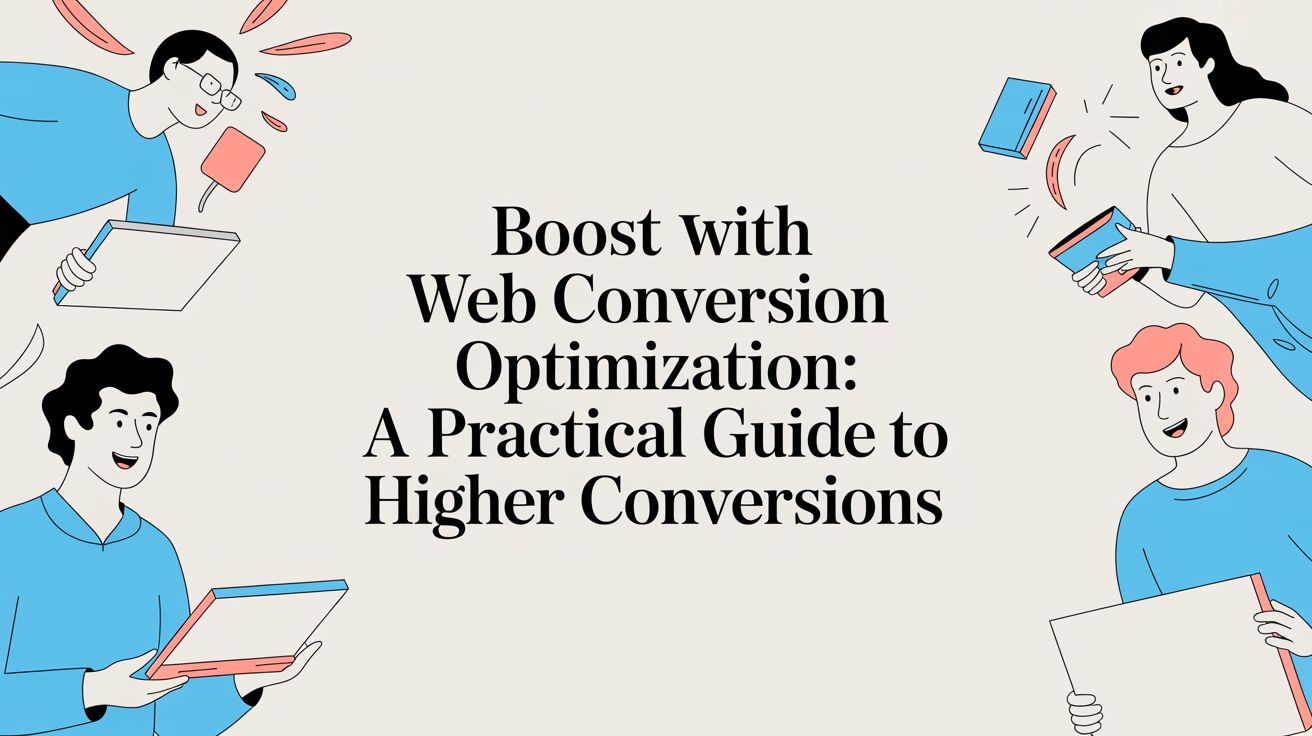
4 types of tools to build your email subscriber list

Email marketing campaigns are a tool all their own, but what is there to know about the tools that contribute to the success of this digital marketing strategy?
If you’ve wondered what types of email marketing tools are best for getting more subscribers you’re not alone. It might seem like there are a lot of plugins, widgets, apps and other forms of automation within the list-building category — because there are. It can be helpful to start with understanding the types of categories that these technologies can fall into. Here are four of them:
1. Popups
Known for being the small window or graphic that pops up from your website to promote conversions, popups are a standard tool. They generally encourage consumers who’ve viewed your homepage, or any other web page, to complete some sort of call-to-action (CTA), such as subscribing to an email newsletter, viewing a new product or learning about items with newly discounted pricing.
Of course, popups can be great for lead generation, starting with their ability to pull in email subscribers. They can help you immediately connect with, and convert, website visitors — whether those consumers are newly learning about your brand or just recently hit "unsubscribe" and need to be reactivated.
Typically, popups show up right when a consumer visits a site or right before they're about to leaving, matching exit intent.
On some brand sites, these tools offer high click-through rates; on others, popups can have a reputation for causing frustration in potential subscribers who don’t enjoy seeing graphics as soon as they visit your site. Finding balance between when to use a pop-up opt-in form and when to choose a different tool is key in optimizing your strategy around email signups.

2. Landing Pages
There's also the option of creating landing pages dedicated to acquiring email subscribers. Sometimes these work best while living on an actual brand website, and other times they might live on a vendor's microsite.
When used as email marketing tools, landing pages are commonly short and sweet, specifically geared toward a target audience who your brand has determined would benefit from your email campaigns. (For example, by looking at patterns in their shopping history.)
Although typically short, as opposed to other list-building tools, landing pages still tend to offer you more room to broadcast the benefits of joining your email list. This is where you can draw your potential subscribers in using your favorite content marketing efforts, like social proof, to optimize conversions.
Landing pages can also have a farther reach. As opposed to the other list-building tools or integrations that tend to appear only on-site, consumers can find these pages through social media posts, SEO or any other promotions of them.
Of course, data is king when it comes to optimizing conversion rates on your landing pages. Best practices include incorporating split testing or A/B testing to determine which landing page templates and/or form formats (i.e., checkboxes? radio buttons?) work best for your brand.

3. Slide Boxes
Many brands consider slide boxes a must for increasing email signups.
Similar to exit-intent popups, these tools can be configured so that after a consumer spends a considerable amount of time on your site, they will be met with an opt-in form by way of a slide box that directs them to your email subscription list.
Depending on the functionality of the service provider you use, slide boxes will typically be located on the right-hand corner of your sidebar. They often invite consumers to learn more about your e-commerce or brick-and-mortar business by signing up for your subscriber list.
Using a slide box is a great way to optimize consumer interest through segmentation; this marketing tool can tell you which subscribers would be most interested in a particular marketing campaign.
As with many of the other marketing strategies listed here, the slide box opt-in can be a prime place to highlight any related giveaways, coupons or other marketing campaigns in addition to leveraging it for list building.
This digital marketing tool offers a great way to play with timing and see how that can help to increase opt-in conversions.

4. Header Bars
Small in size, but potentially big in impact, header bars are great marketing tools for drawing in new subscribers.
Carefully placed on the top of a website, this type of sign-up form can seem less loud or interruptive than some of the other list-building tools, like popups or slide boxes.
Featuring an easy-to-notice CTA right at the top of your website can act as a sort of "lead magnet," taking first-time and returning shoppers straight to your email form field with potentially less friction. The great part about this option is that it's a more consistent type of lead magnet, as well — as opposed to a popup, which only offers the opportunity for conversion at the moment it appears.
All in all, header bars act as a solid email marketing tool for brands in need of constant, yet potentially less distracting email sign-up CTAs. They can serve you well in taking consumers from website visit to that first welcome email.

Getting more email subscribers is no easy task, but having the right tools by your side can help lighten the workload and increase conversions. Whether you're a marketing expert or budding beginner, leveraging tools like these alongside your existing marketing platform can amplify your efforts.

Lindsay Keener is a brand journalist for Quikly. She covers stories that help to inform and educate consumer-facing marketers.

